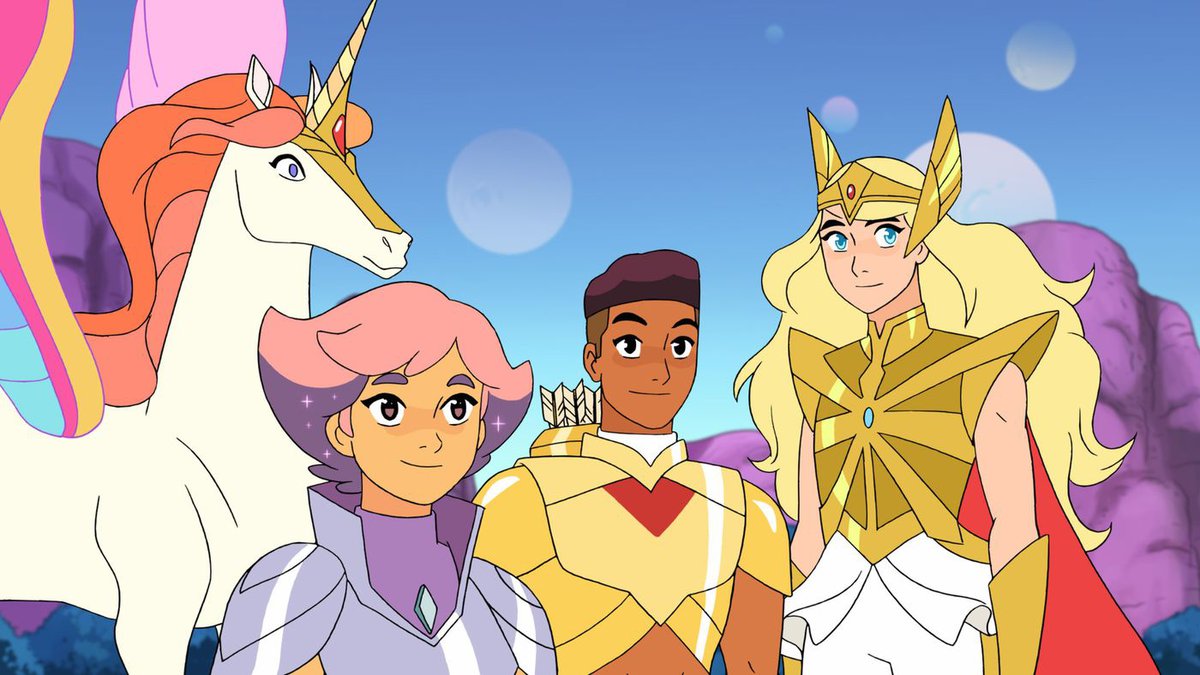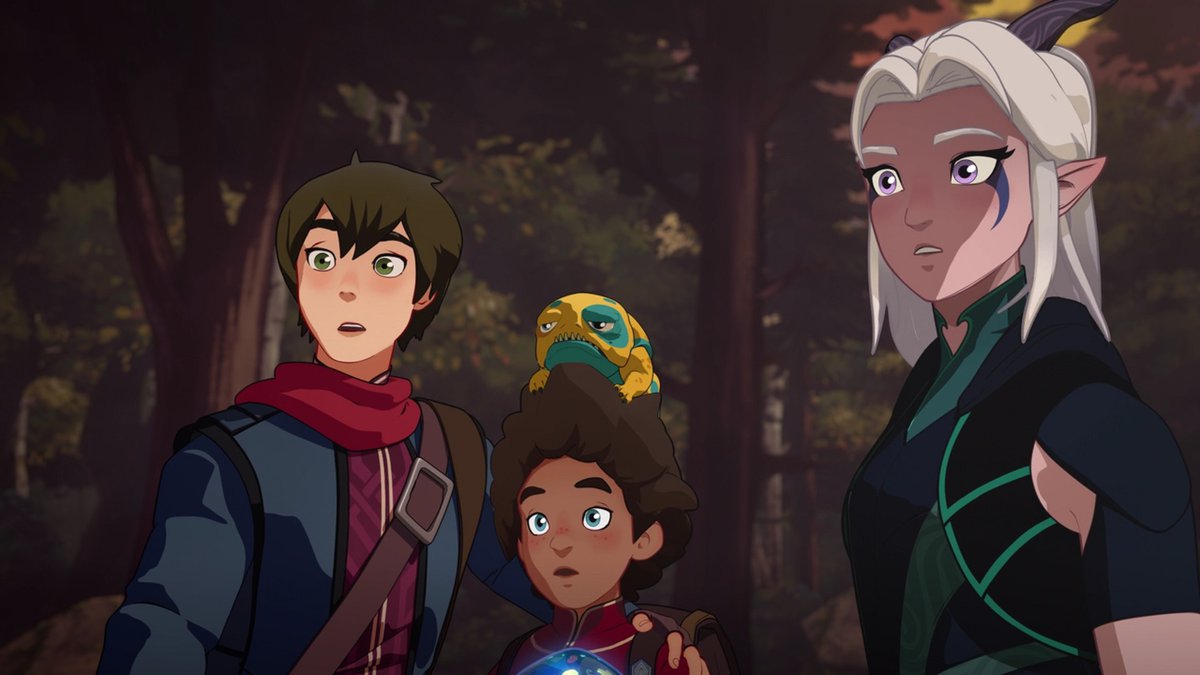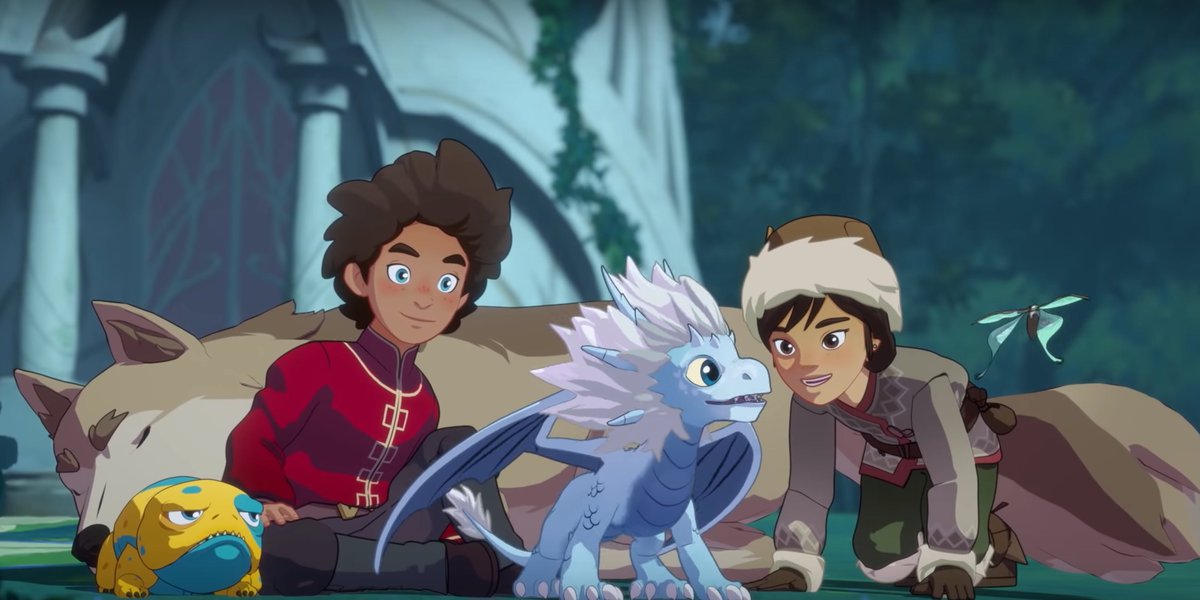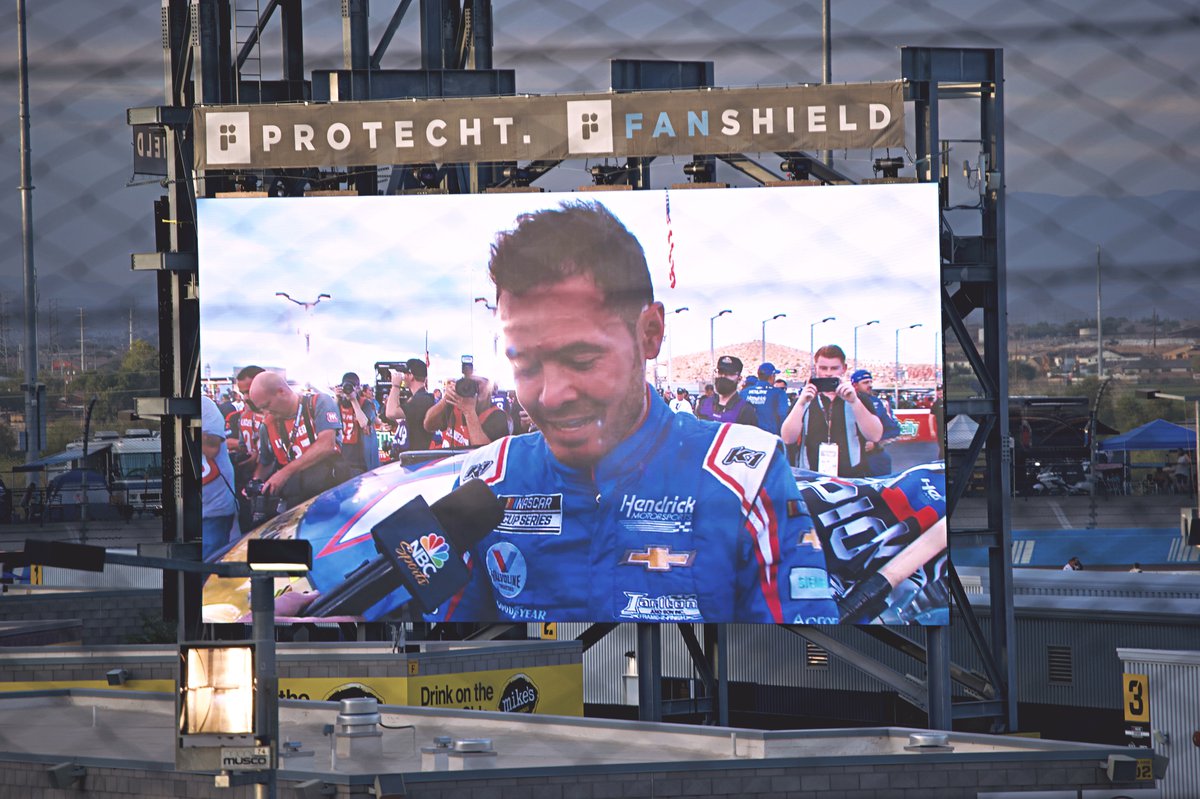Netflix animation She-Ra disappoints

I never saw myself watching this show; but after hearing about the controversies it stirred up, I was intrigued enough to give the show a try, and I actually enjoyed myself in the process. She-Ra and the Princesses of Power is a modern adaptation of a character from the He-Man franchise.
One of the biggest beacons of excitement surrounds its LGBTQ representation. Unfortunately, there’s barely any. There’s a throw-away line where one female character jokes about going on a date with another female character, and two minor female characters calling each other “darling” and how they “look” like they’re a couple. Unfortunately, that’s as far as the show ventures on the topic.
The second—and far more interesting—talking point, is its all-female writing team. I wish no one told me that as I was halfway through the show, because I’d have never realized that on my own. Not even My Little Pony: Friendship is Magic is entirely female-staffed, which is interesting, considering that both shows only have one significant male character among several other similarities—some of which I’ll talk about later on.
She-Ra surprised me with its writing, complexity, themes, and voice acting. It’s a show I never expected much from, but one that ended up exceeding those expectations.
However, it has a lot of flaws. The biggest one is the animation. There’s no nice way to say this—it looks and feels cheap. It’s not horrendous, but it’s certainly unbecoming of a show like this, especially in 2018. It’s some of the worst animation I’ve seen in recent years. That said, the character designs are pretty good.
Beyond that, the show has other production issues. The quality of directing is inconsistent. There’s a shot in one episode where a princess escapes from her captor’s magical prison and throws a punch at her captor. The punch feels like it has no power because the shot was framed from a bad angle. In fact, a lot of the action in this show seems poorly directed, especially in the first half of the season.
However, as the season enters its final episodes, the directing mysteriously gets better. Episode 11 is extremely well-directed and uses some interesting techniques to tell a story that seamlessly switches from flashbacks to current events. This makes it more disappointing, because I now know that the show had potential for better directing.
The protagonist, Adora, is actually pretty bland. Her struggles are—for lack of a better term—generic, despite her being able to turn into an eight-foot tall goddess. She grew up in a harsh, hyper-competitive environment where she was trained to fight for the side of “evil,” but you wouldn’t be able to tell from the way she acted. She feels far too similar to other cartoon protagonists—cheerful, fun-loving, and righteous. Hopefully, the next season will give her some much-needed growth. As for now, however, I don’t feel much for her.
Catra, the main antagonist, is amazing. Her name, like everyone else’s in this show, will make you roll your eyes. However, she is by far the best character in the show and her actions have depth, complexity, and meaning; you can really feel her pain. Honestly, I wanted her to win, not Adora. I never imagined myself saying this, but her situation and personality are unlike anything I’ve ever seen.
The show is set in a world that’s—for some inexplicable reason—run entirely by female royalty. This is the one aspect of the show’s lore I couldn’t buy into, and My Little Pony has the same problem. Why is the world run entirely by females? There’s little doubt as to what the real answer is—marketing. They need to sell princess toys to girls and it would be a waste to write a male character that’s never going to be sold as a toy. But the show doesn’t have an in-universe explanation of why this is.
This brings us to the most confusing aspect of the show: its target audience. The show isn’t overly saccharine. It has a real, painful conflict between friends and showcases an outright abusive relationship between a parental figure and a teenager. There’s also a really graphic shot of a disfigured face in episode 11 which feels like it belongs in Gravity Falls. But then they have sappy pop songs that’ll make your ears bleed, and they really push the “friendship wins in the end” trope in your face.
So what is it? Is it Gravity Falls, Naruto, My Little Pony, or the Winx Club? Comparisons have been drawn to all these shows. The answer is that it’s none of them. She-Ra is unique, for better or for worse. Its main antagonist is uniquely good, yet its animation is uniquely bad. Still, I wouldn’t actually recommend the show. Right now, it has one too many issues to qualify as a high-quality cartoon and, even if you are a fan of animation, there are several other new Netflix cartoons that are better, like Hilda, or the critical juggernaut The Dragon Prince. With that said, I’ll still eagerly await the next season to see where the show will take us.
Rating: 3/5

 Tv Show Review
Tv Show Review
 Tv Series Review
Tv Series Review
 Opinion
Opinion